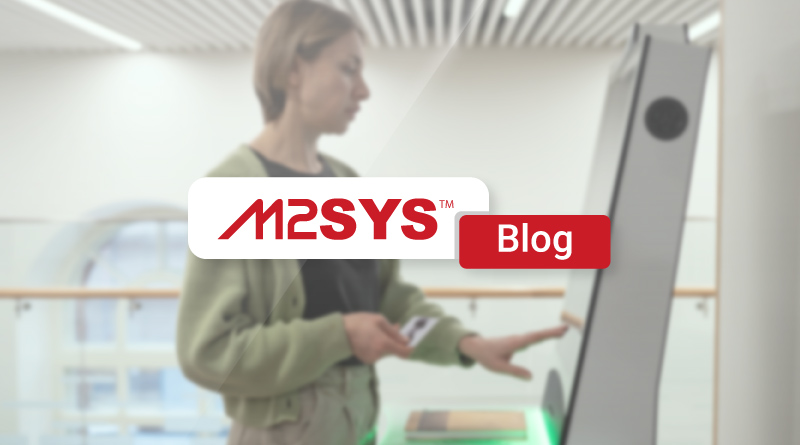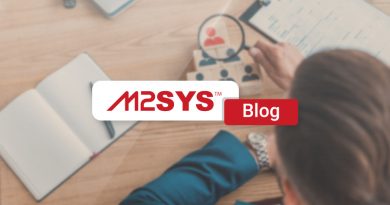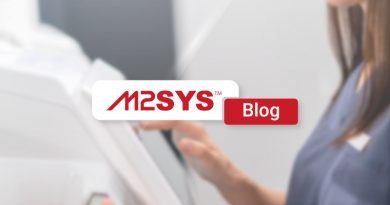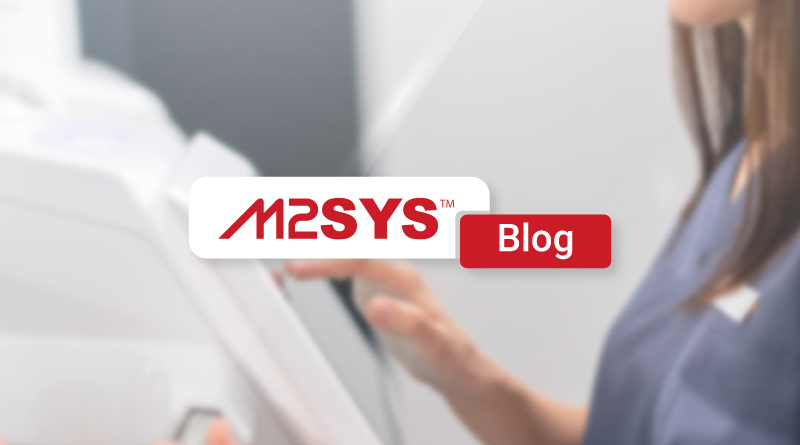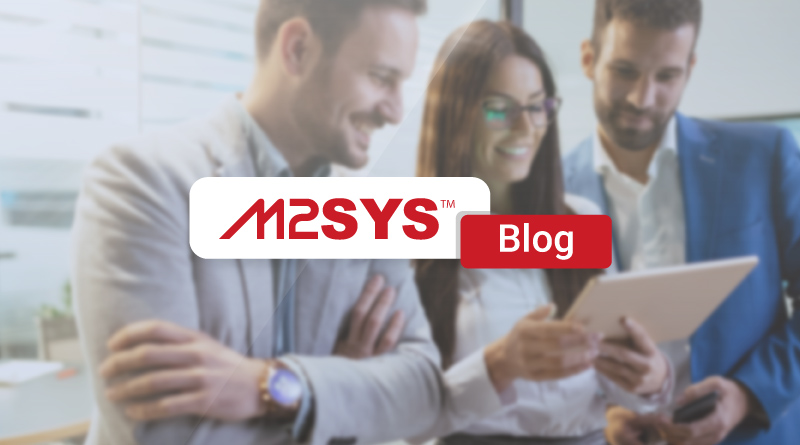Modernize Citizen Services and Infrastructure Projects With One Unified Platform
Over 70% of citizens expect government services to match private sector speed, yet many agencies rely on outdated processes. Digital tools like self-service portals can streamline operations, reduce wait times, and improve transparency. M2SYS offers a unified platform to modernize citizen services and infrastructure projects.
Did you know that over 70% of citizens expect government services to match the speed of private sector apps, according to a recent Pew Research Center survey? Yet, many state and federal agencies still rely on outdated manual processes that slow everything down. This gap creates frustration for everyone involved, from residents waiting weeks for permits to contractors dealing with delayed project approvals. Government leaders face constant pressure to speed up service delivery while keeping things transparent and accurate. Contractors and software providers also struggle with these inefficiencies, often leading to higher costs and missed deadlines.
Manual processes bog down citizen services in many ways. Staff members spend hours handling requests that come in during limited office hours. This setup forces people to take time off work or wait in long lines just to submit a form or check a status. As a result, administrative backlogs build up, and errors creep in from repeated data entry. For infrastructure projects, fragmented systems make it hard to track progress. Field teams might jot notes on paper or send emails that get lost in inboxes. Managers then waste time chasing updates, and stakeholders miss chances to fix issues early. These problems add up, causing project overruns that eat into budgets and erode public trust.
What if digital tools could change this picture? Many cities now turn to self-service portals that let citizens handle tasks on their own schedule. People access these portals from phones or computers to submit requests, pay fees, and track progress anytime. This shift cuts down on staff workload because routine inquiries no longer tie up employees. Instead, agencies focus on complex issues that need human attention. Response times drop sharply, often from days to hours, and accuracy improves since citizens enter their own information directly.
How do digital citizen service portals improve urban project automation? These portals connect seamlessly with project management tools, creating a single system for oversight. For example, when a resident applies for a building permit through the portal, the system automatically notifies the right departments. This integration prevents silos where information gets stuck between teams. In urban development, automation means field inspectors use mobile apps to log findings on the spot. They upload photos of site issues and update statuses in real time. Managers see these updates instantly, so they address problems before they escalate. Such features have helped cities like those in California reduce permit processing times by up to 40%, based on reports from the Urban Institute.
Transitioning to these digital systems also tackles accountability head-on. With everything tracked in one place, agencies provide clear audit trails for every action. Citizens gain transparency by logging in to view real-time updates on their requests or projects. This openness builds confidence, as people see exactly where things stand without calling for answers. Moreover, software providers find it easier to integrate their tools into these platforms, ensuring smooth data flow across services. Contractors benefit too, as automated workflows mean faster approvals and fewer delays on job sites.
Real-world examples show the impact of this approach. In Texas, a mid-sized city faced chronic delays in infrastructure repairs due to manual reporting. After adopting digital portals and mobile tools, they cut project completion times by 25%, according to local government audits. Trends point to a growing need for such changes, with Gartner predicting that 80% of public sector organizations will digitize core services by 2026 to meet citizen demands. Historical shifts, like the move from paper-based to online tax filing in the early 2000s, paved the way for today’s expectations of instant access.
The M2SYS City & Municipality Management Solution steps in as a practical answer to these challenges. This platform brings together self-service portals and mobile project management into one unified system. Agencies use it to let citizens manage services independently, which lightens the load on staff and speeds up processes. For infrastructure, it equips field teams with tools to report live from sites, so managers make quick decisions based on fresh data. By linking these elements, the solution creates an environment where feedback flows freely, slashing overruns on permits and projects.
Decision-makers see clear gains here. Citizen wait times shrink because requests process automatically outside office hours. Manual errors drop as data entry happens digitally at the source. Accountability rises with built-in tracking that shows every step transparently. Plus, the platform adapts to regulatory needs, helping agencies stay compliant without extra hassle. Drawing from over 20 years of working with governments worldwide, M2SYS has seen how these tools transform operations. For instance, in partnerships with U.S. municipalities, the platform has streamlined urban development by automating inspections and contractor registrations, leading to faster service delivery overall.
Adopting this kind of solution makes sense for agencies ready to meet modern demands. It positions them to handle growing populations and complex projects without constant firefighting. As public expectations rise, those who act now avoid falling behind. This unified approach not only solves immediate pain points but also sets up long-term efficiency in citizen services and infrastructure management.

